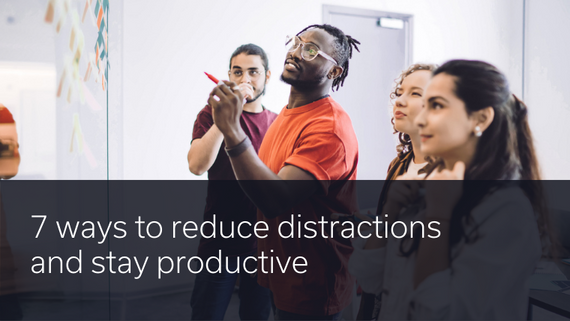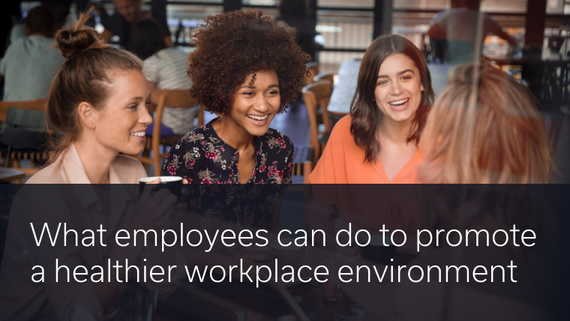4 ways employers can fight the great resignation
2021 will forever be synonymous with the “great resignation” – the mass exodus of workers from their jobs, in search of better and more rewarding opportunities. This shift was spurred on by the events of 2020, particularly Covid-19 lockdowns and restrictions, which left many workers with little option but to reflect on their lives, realign their priorities, and ultimately determine that the pay and working conditions they accepted before the pandemic were no longer good enough.
Since the “great resignation” began, various experts and commentators have attempted to identify the next shift in employee behaviour – from the “great return” to the “great regret”. Yet recent studies reveal that people across the world are still resigning or planning to resign on a grand scale. In the U.K., 29% of workers are considering moving to a new job in 2022. In the U.S., 44% of employees describe themselves as “job seekers”, while 33% are “active job hunters”. A recent survey of Indonesian workers indicated that only 67% indicated they are likely to stay in their jobs, due to the perceived lack career growth opportunities in their current organisations.
Employers and hiring teams must recognise that they’re not dealing with a one-year trend. The good news is, after a year of getting to grips with this phenomenon, we are better equipped to reduce its effects. Here are four practical actions every employer can take to tackle the “great resignation” head-on.
Be clear with numbers
Millennial and Generation Z candidates expect salaries and benefits to be transparent from the beginning of the application process. When listing jobs and positions – whether through recruiters, on a careers webpage or via LinkedIn – consider making salary bands clear from the offset if possible.
Even if it’s an accurate description of what you offer, simply including the words “competitive salary” in your job ad is no longer enough to entice job applicants, particularly if the companies you’re competing with for talent have such no qualms with publishing their salary bands.
Offer flexible work arrangements
Not every business is in a position to raise salaries or dramatically upgrade their employee value proposition (EVP). However, there are other types of benefits that are cost-effective but highly attractive to candidates, such as hybrid working.
The demand for flexible working existed long before the pandemic, but it’s clear that a certain expectation remains following periods of lockdown and work-from-home measures implemented by the government. If it works for the business, and for the employees, consider how a flexible and remote working policy could be applied.
Prioritise learning and development
From the moment they apply for a position, millennial and Generation Z candidates are typically eager to understand the kind of growth, learning and development opportunities that would be available to them should they be hired.
Companies that outline employee options for growth in their recruitment process generally attract more applicants. Employers should be showcasing clear career path options and provide training to enable employees to succeed and develop professionally.
Culture-building initiatives
Company culture has a huge influence on employee wellbeing. Employers should pay attention to the kind of environment they’re cultivating – both in the physical and virtual workplace – and invest in it, with a particular focus on ED&I.
People tend to be happier when they are proud of where they work and can participate in initiatives that are important to them. Millennials and Generation Z candidates, in particular, have high social awareness and need to believe in their company’s purpose and values. Companies that engage with their employees and provide them with opportunities to participate in community initiatives and charitable events, where they can give back to society, are valued by younger workers.













